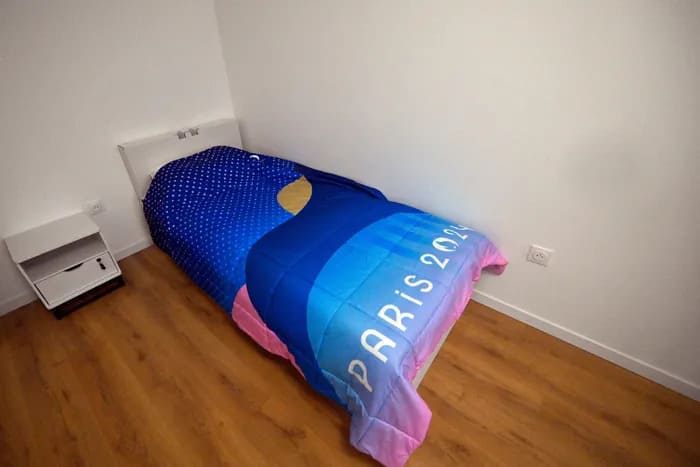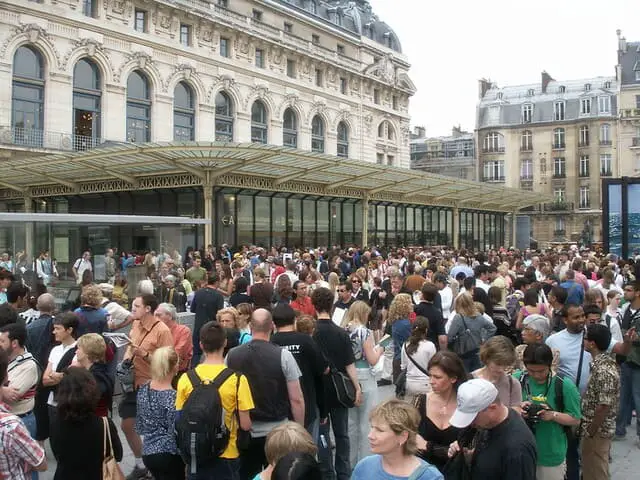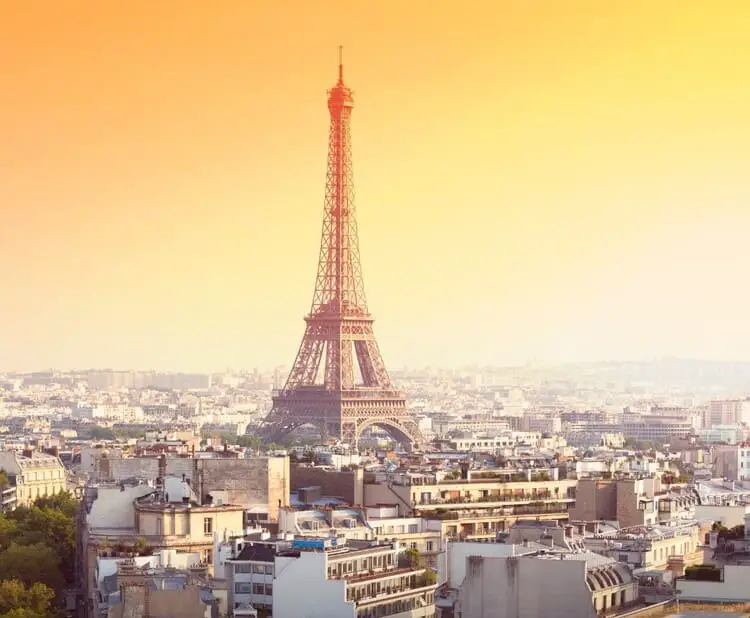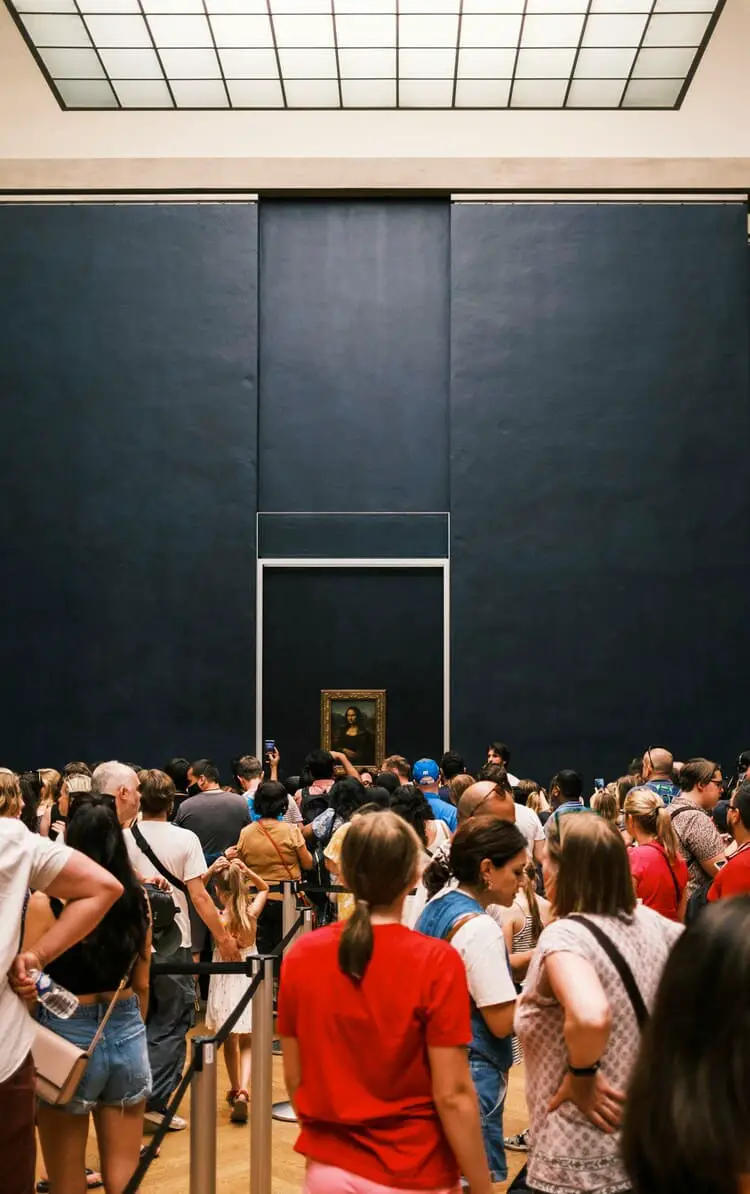After more than a century, swimming in the Seine River in Paris is finally coming back. Starting July 5, 2025, three official sites will open in the heart of the city.
This is part of a major project launched before the Olympic Games to clean the river and offer new ways to enjoy Paris.
A Century-Long Ban Ends in Paris

Swimming in the Seine was once a popular summer activity for Parisians. In the 19th and early 20th centuries, floating bathhouses lined the riverbanks.
People would dive from platforms or sunbathe near the water.
But over time, the water became too polluted. By the 1920s, most official bathing spots had closed.
In 1923, swimming in the river was completely banned in Paris for public health reasons.

Since then, many mayors have promised to bring back swimming. But no plan ever moved forward — until recently.
But before the 2024 Olympic Games, the mayor of Paris, Anne Hidalgo, promised that people would be able to swim in the river again.
During the Olympics, the Seine hosted open-water swimming and triathlon events. Now, that promise is becoming a reality for the public too.
A Bold Promise for the Olympics

In 2016, Paris Mayor Anne Hidalgo made a big announcement: if Paris won the bid to host the 2024 Olympic Games, the city would clean up the Seine and make it safe to swim again — both for athletes and for the public.
Many were skeptical at first.
The river had been polluted for decades, with wastewater, old pipes, and boat discharges making the water unsafe.
But Hidalgo stuck to her plan.
When the city won the Olympics, the river cleanup became a major goal. She even made a symbolic swim in the Seine in 2024, jumping in to show the water quality had improved.
During the Games in 2024, the Seine hosted open-water swimming and triathlon events. That moment was historic. It proved that the river could be clean enough for use — and helped pave the way for regular people to be allowed in, too.
Where and When Can People Swim?
Starting July 5, 2025, swimming will officially be allowed in the Seine River in three supervised locations across Paris.
The swimming season will run until August 31. All sites will be free to access and open to the public.

The Three Swimming Zones in Paris
- Quai de Bercy (12th arrondissement)
Located in eastern Paris, this site will offer a large open-air swimming area right by the riverbank. It’s one of the newly developed spots meant to give people access to a cooler, greener space during hot summer months. - Bras de Grenelle (15th arrondissement)
Found near the Eiffel Tower and Beaugrenelle area, this is the only site that will include a shallow pool with a bottom, making it suitable for children and families. It’s designed to be the most accessible for all ages. - Bras Marie (across from Île Saint-Louis, center of Paris)
This central location will offer an unforgettable setting right in the heart of Paris. However, it will only be temporary. Because the space is shared with boat traffic and sightseeing cruises, this site will be open only in the mornings and on Sundays all day. City officials are already planning to find a more permanent replacement site by summer 2026.

Crowd Limits and Entry
To ensure safety and comfort, the number of swimmers will be limited at each site:
- 150 to 200 people maximum per location
- Entry is free and open on a first-come, first-served basis
Opening hours may vary slightly depending on location, but all sites will be supervised and managed to avoid overcrowding.
This is part of a broader goal to help people in Paris cope with heatwaves and enjoy more natural spaces in the city during summer.
What to Expect at Each Site
Each of the new swimming areas in Paris will be carefully organized to keep things simple, safe, and enjoyable for everyone.
While they won’t look like public pools, the city is adding just enough to make the experience easy to access — but still feel like you’re swimming in the wild.

Simple, Open-Air Setup
The mayor’s team made it clear: this won’t be like swimming in a traditional pool.
The goal is to keep the setup as natural as possible. There won’t be big concrete basins or complicated platforms.
Instead, swimmers will be in open water, inside clearly marked zones using floating buoys and lines to separate the swimming areas from the rest of the river.
That’s important because these zones must stay separate from boat routes, especially near busy parts of the Seine.
Essential Facilities Only
Even though the city wants to keep the experience “wild,” basic comfort will be available:
- Outdoor showers
- Changing cabins
- Clearly marked entry points with supervision
There won’t be any snack bars or sun loungers — just the basics needed for a clean and safe swim.
Safety Comes First
Every swimming area will have lifeguards on duty during open hours.
The sites are also equipped with a flag system to show the day’s water quality:
- Green = swimming allowed
- Orange = caution
- Red = swimming not allowed
These flags will be updated daily based on water testing results (see next section), and will be visible at the sites and online.
Is It Safe to Swim in the Seine?
Swimming will only be allowed if the water meets strict health standards.
The city of Paris has set up a system to check the quality of the river every single day.
What’s Being Tested?
Each day, teams will test the water for two types of bacteria:
- Escherichia coli (E. coli)
- Intestinal enterococci
These bacteria can cause stomach problems or infections, even if you only swallow a small amount of water.
That’s why they’re used as indicators of whether the river is clean enough to swim in.
Paris will follow European Union rules on water safety. That means swimming is only allowed if the bacteria levels stay below:
- 900 units per 100 milliliters for E. coli
- 330 units per 100 milliliters for enterococci
If the levels are too high, swimming will be banned for the day.
Why Weather Matters
Rain is the biggest risk for water quality.
When it rains too much in a short time, the city’s sewer system can’t hold all the water.
To prevent flooding, part of the overflow — which includes dirty water — is sent into the river.
This can make bacteria levels go up quickly.
That’s why the swimming zones may close after heavy rain, even in the middle of summer.
During the 2024 Olympics, for example, several events had to be delayed or cancelled because the river wasn’t clean enough after storms.
How You’ll Know If It’s Safe
The city will show the results of the daily water tests using the flag system mentioned earlier (green, orange, red).
These flags will be visible:
- At the entrance of each site
- Online, on a dedicated website
If the water isn’t safe, the red flag will be raised and swimming won’t be allowed that day.
The rules are strict — safety comes first.
How Did We Get Here?
Getting the Seine clean enough for swimming didn’t happen overnight.
It took years of work, new infrastructure, and over one billion euros in public investment.
The goal was to make the river safe not only for Olympic athletes, but also for everyone living in or visiting Paris.
A Massive Cleanup Project
Since 2016, Paris has been working to reduce the pollution that flows into the river.
The main problem came from untreated wastewater, bad plumbing, and boats that dumped waste directly into the Seine.
Here’s what the city and region did:
- Sewage treatment was improved at two major plants upstream from Paris. These stations now disinfect water before it’s released.
- Around 260 boats parked along the Seine were connected to the city’s sewer system. Before this, many of them were releasing waste directly into the river.
- Thousands of homes in the suburbs were found to have faulty pipe connections. Their dirty water was going into the river by mistake. Since 2016, the city has fixed over 23,000 of these bad connections, including nearly 3,000 just since September 2024.
All of this helped reduce the number of bacteria and made the water much cleaner.
Rainwater Was a Big Challenge
One of the hardest problems to solve was what happens when it rains.
During heavy storms, Paris’s underground sewers sometimes can’t hold all the water. To avoid flooding streets, the extra water — mixed with sewage — gets released into the Seine.
To stop that from happening so often, two major projects were completed:
- A giant storage tank was built near Gare d’Austerlitz to hold stormwater until it can be treated.
- A new large underground pipe, called VL8, was added in the southeast part of the region to help move water away from the river faster.
These changes don’t remove the risk completely — some days may still see too much pollution after storms — but they’ve made a big difference.
Thanks to all these efforts, Paris now has the tools to test, clean, and manage the Seine better than ever before.
And for the first time in more than a century, the river is ready to welcome swimmers again.

With a passion for travel and having visited over 50 countries, Dorian is eager to share his favorite spots and expert tips to help you explore Paris and France like a local.




